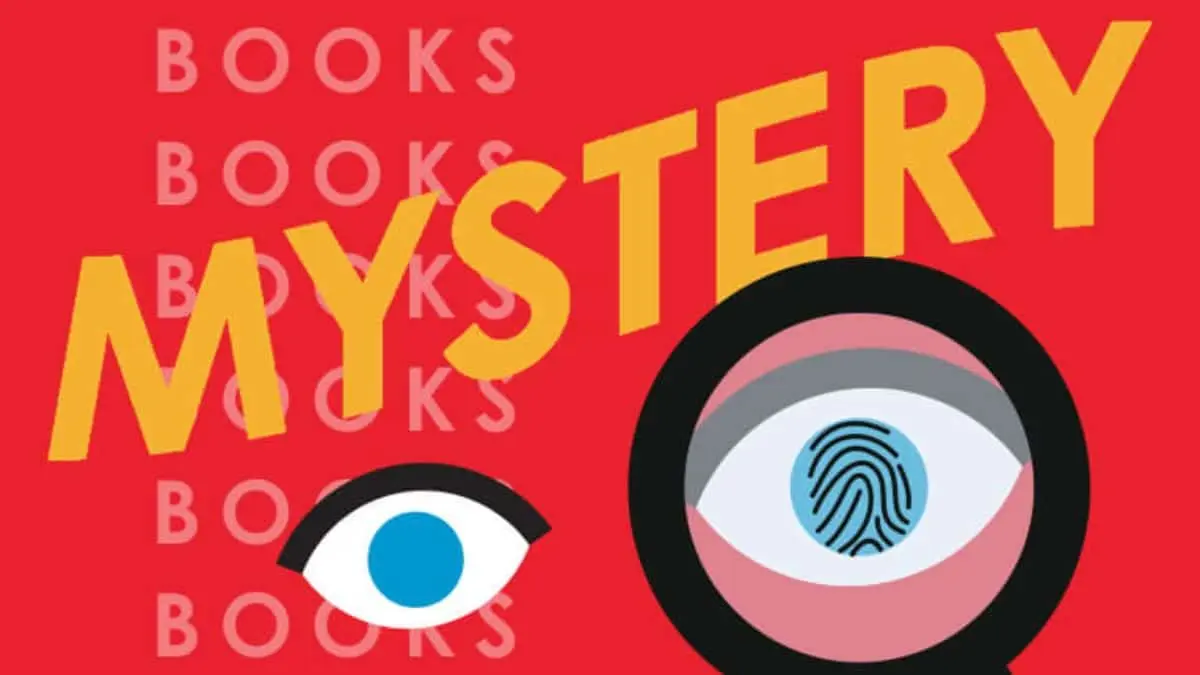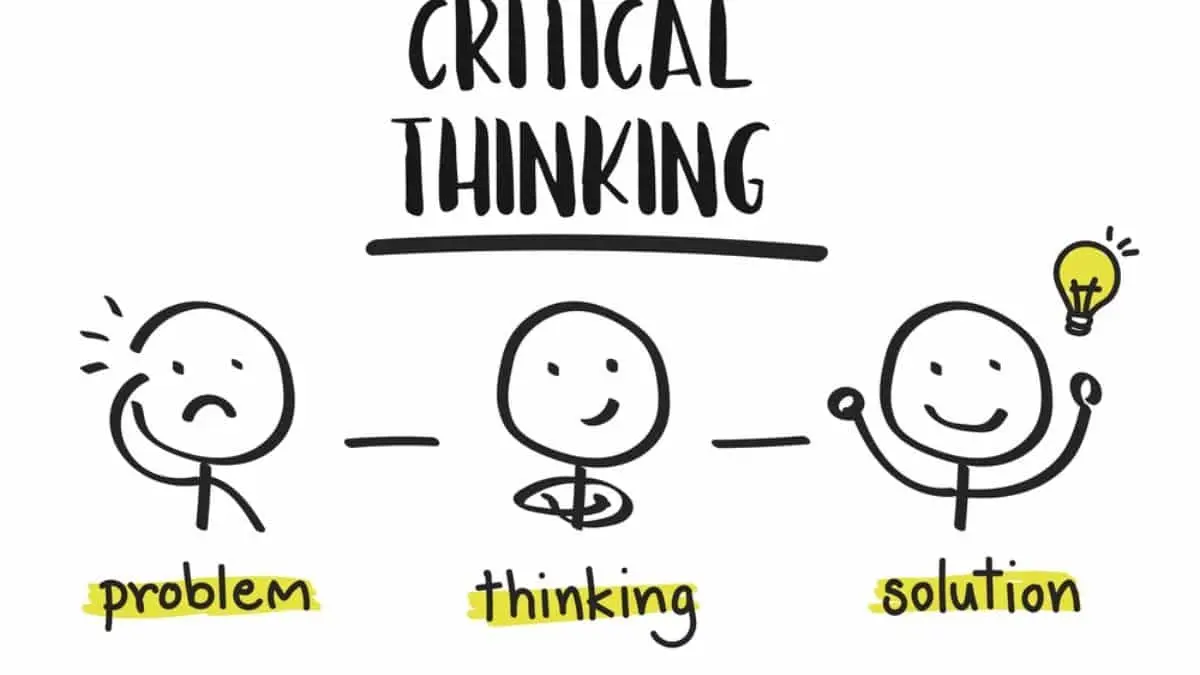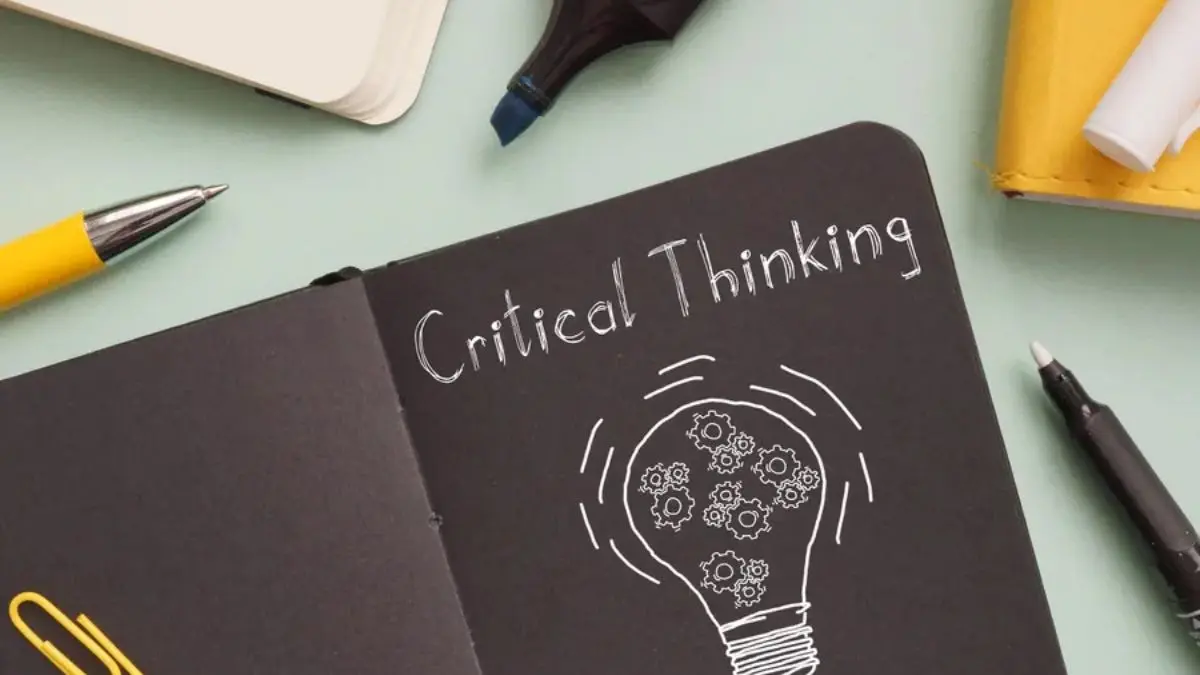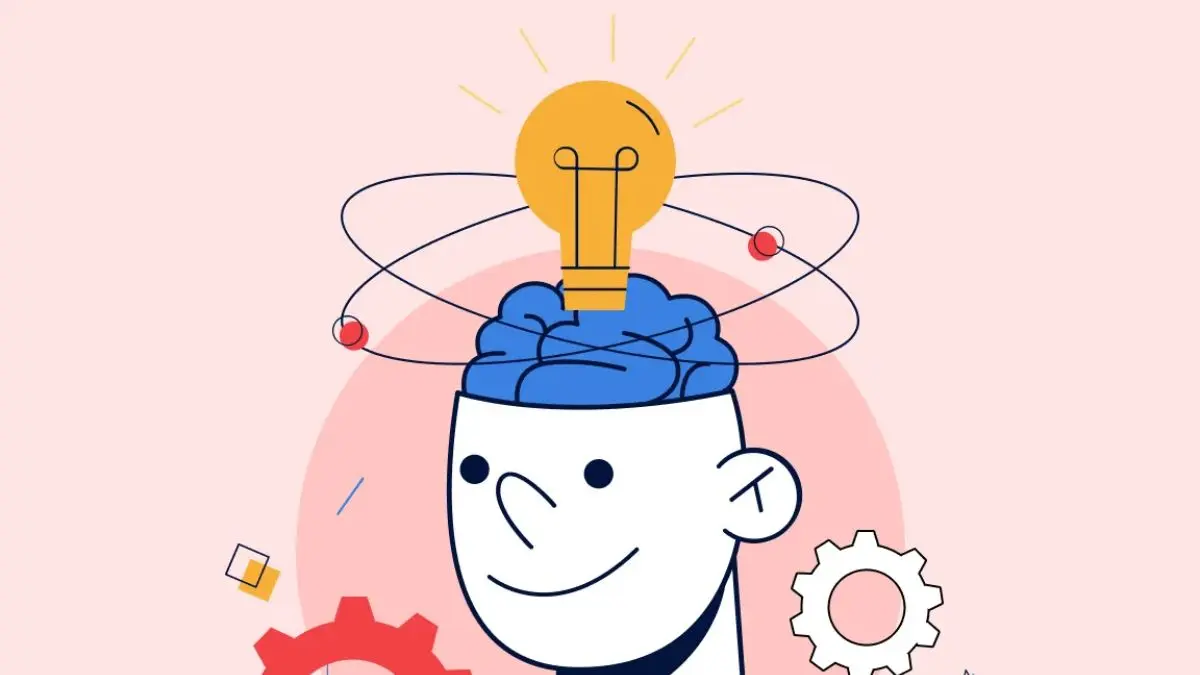Imagine you’re deep into the pages of a gripping mystery novel. The setting is eerily silent, the plot thickens with each turn of the page, and every character seems to harbor secrets. As the detective painstakingly unravels clues, you find yourself piecing together the puzzle, eagerly anticipating the next revelation. This immersive experience is not just a thrilling adventure through fictitious worlds; it’s a rigorous exercise in critical thinking.
Critical thinking, the art of analyzing and evaluating information to form a judgment, is an indispensable skill in our daily lives. From making informed decisions to solving complex problems, critical thinking helps us navigate the myriad challenges we encounter. But how do we develop such a crucial skill? The answer may lie in the pages of mystery novels.
Mystery novels are more than mere entertainment; they are a dynamic and interactive playground for the mind. Through the intricate plots, complex characters, and challenging puzzles, these novels actively engage readers in the critical thinking process. They invite us to question, deduce, and infer, turning us from passive readers into active participants in the narrative.
This blog post will explore the unique ways mystery novels can sharpen our critical thinking skills. We’ll delve into the structure of mystery narratives, the cognitive processes they stimulate, and how these elements translate to enhancing our problem-solving abilities in real life.
Understanding Critical Thinking
Before we explore the shadowy corridors and hidden rooms where mystery novels and critical thinking intersect, let’s first shed some light on what critical thinking truly involves. At its core, critical thinking is the intellectually disciplined process of actively and skillfully conceptualizing, applying, analyzing, synthesizing, and evaluating information gathered from, or generated by, observation, experience, reflection, reasoning, or communication, as a guide to belief and action. In simpler terms, it’s the art of making clear, reasoned judgments based on evidence rather than assumption or emotion.

The Importance of Critical Thinking
In an era teeming with information overload and complex societal challenges, the ability to sift through data, weigh evidence, and make informed decisions has never been more paramount. Critical thinking empowers individuals to navigate the vast seas of information, distinguish between fact and fiction, and solve problems efficiently and creatively. Whether we’re choosing a career path, making health decisions, or voting in an election, critical thinking lays the groundwork for actions that are informed, reasoned, and reflective of our values and beliefs.
Critical Thinking in Our Daily Lives
Daily life is replete with moments that demand critical thinking, though we might not always label them as such. From deciphering the best route to work to evaluating the credibility of a news article, we employ critical thinking skills regularly. These moments require us to analyze information, consider alternative perspectives, and make decisions that are not just reactive but reflective and informed.
How Reading Promotes Critical Thinking
Reading, in general, is a fantastic vehicle for fostering critical thinking. It encourages us to engage with ideas and viewpoints different from our own, to question assumptions, and to develop a deeper understanding of the world around us. Through reading, we learn to construct and deconstruct arguments, identify biases, and appreciate the complexity of various issues. Reading broadly and deeply, therefore, becomes a powerful exercise in enhancing our critical thinking capabilities.
Mystery Novels: A Unique Classroom
Mystery novels, with their complex plots and the necessity for the reader to solve puzzles, offer a unique and engaging way to practice these skills. They not only entertain but also challenge the reader to apply critical thinking in a concentrated and focused manner. As we follow the detective’s journey, piecing together clues and eliminating suspects, we’re doing more than just enjoying a story; we’re engaging in an active mental exercise that sharpens our cognitive abilities.
The Structure of Mystery Novels
Mystery novels, much like the art of critical thinking, thrive on structure and logic. At their heart, these stories are elaborate puzzles waiting to be solved, crafted with precision and leading the reader through a meticulously designed narrative maze. Understanding the typical structure of a mystery novel can illuminate how these books serve as an excellent medium for honing critical thinking skills.

1. The Setup
The journey begins with an event, often a crime, that sets the story in motion. This event introduces the central mystery and challenges the reader to pay attention to details, suspect everyone, and question everything. It’s here that readers are first invited to engage their analytical skills, forming hypotheses based on the initial set of clues.
2. The Discovery
Following the setup, the protagonist, usually a detective or an amateur sleuth, embarks on a quest for truth. This phase of the story introduces more clues and potential suspects, expanding the puzzle. Readers must sift through this new information, distinguishing between relevant details and red herrings—misleading pieces of information intended to divert attention from the truth.
3. The Investigation
The heart of the mystery novel is the investigation, where the detective and the reader alike delve deeper into the case. This stage is a dynamic interplay of logic, observation, and deduction, with the narrative often presenting puzzles within puzzles. The investigation requires active engagement from the reader, who must remember details, recognize patterns, and infer connections between seemingly unrelated elements.
4. The Climax
All threads converge in the climax, where the true solution to the mystery is revealed. This moment is the ultimate test of the reader’s critical thinking skills, as it requires piecing together all the clues and reasoning through the detective’s deductions. It’s a rewarding experience that challenges readers to reflect on their own deductive process and the conclusions they’ve drawn.
5. The Resolution
In the resolution, the story wraps up loose ends, and the consequences of the mystery’s solution are explored. This final phase allows readers to reflect on the journey, considering the effectiveness of their critical thinking and the assumptions that may have led them astray.
Parallel to Problem-Solving Processes
The structure of a mystery novel closely mirrors the problem-solving process inherent in critical thinking. Just as detectives gather and analyze evidence, form hypotheses, and test their theories against the facts, readers are engaged in a similar cognitive exercise. This process not only entertains but also educates, providing a practical framework for developing and refining critical thinking skills.
Mystery novels, with their rich plots and complex characters, offer more than just a compelling narrative; they provide a playground for the mind. As we navigate through the twists and turns of the story, we are doing much more than simply following along; we are actively participating in a mental workout that sharpens our analytical, logical, and creative thinking skills.
Examples from Popular Mystery Novels
To see the principles of critical thinking in action within the structure of mystery novels, let’s delve into examples from some of the genre’s most celebrated works. These examples highlight how mystery novels stimulate the reader’s cognitive skills, from analysis to deduction to creative problem-solving.

1. “The Hound of the Baskervilles” by Arthur Conan Doyle
In this classic Sherlock Holmes adventure, readers are presented with a seemingly supernatural mystery involving an ancestral curse and a ghostly hound. Doyle masterfully weaves a tale that challenges readers to distinguish between the logical and the supernatural, encouraging them to question the validity of evidence and the reliability of eyewitness accounts. Holmes’ methodical approach to solving the mystery exemplifies the application of critical thinking skills, as he dismisses the impossible to reveal the truth hidden beneath layers of superstition and fear.
Key Critical Thinking Lesson: The importance of not jumping to conclusions and the value of logical reasoning over superstition or fear.
2. “Murder on the Orient Express” by Agatha Christie
Agatha Christie’s famous detective, Hercule Poirot, faces a complex puzzle when a murder occurs aboard the luxurious Orient Express. With the train snowbound and the suspects confined to their compartments, Poirot must sift through contradictory evidence and alibis. Christie brilliantly plays with the concept of truth and perspective, pushing readers to consider that more than one interpretation of the facts may exist. The solution to the mystery is a prime example of thinking outside the box and challenges readers to reconsider their assumptions.
Key Critical Thinking Lesson: The importance of considering all perspectives and that the truth might require an unconventional approach to be uncovered.
3. “The Girl with the Dragon Tattoo” by Stieg Larsson
This modern mystery combines elements of family saga, corporate intrigue, and criminal investigation, offering a multi-layered puzzle. Readers, alongside journalist Mikael Blomkvist and hacker Lisbeth Salander, must navigate a complex web of secrets and lies stretching back decades. The novel encourages readers to keep track of numerous threads, exercise memory, and make connections between past and present events, demonstrating the critical thinking skill of synthesis.
Key Critical Thinking Lesson: The necessity of synthesizing information from various sources and times to form a coherent understanding of complex situations.
4. “The Westing Game” by Ellen Raskin
A unique mystery that doubles as a puzzle novel, “The Westing Game” invites readers, especially younger audiences, into a game of wits where the characters must solve riddles to inherit a fortune. The novel promotes critical thinking by presenting readers with the same clues given to the characters, challenging them to solve the mystery ahead of or alongside the protagonists. It’s an engaging way to practice deductive reasoning and problem-solving skills.
Key Critical Thinking Lesson: Deductive reasoning and the value of attention to detail in solving complex puzzles.
Conclusion

Mystery novels do more than entertain; they educate. They encourage us to question our assumptions, pay attention to detail, and approach problems with a keen analytical mind. These are skills that extend far beyond the pages of any book, enriching our personal and professional lives. By embracing the challenges posed by these narratives, we prepare ourselves to tackle real-world problems with a heightened sense of awareness and a strengthened analytical approach.
Also Read: How Location Becomes a Character in Mystery Literature



